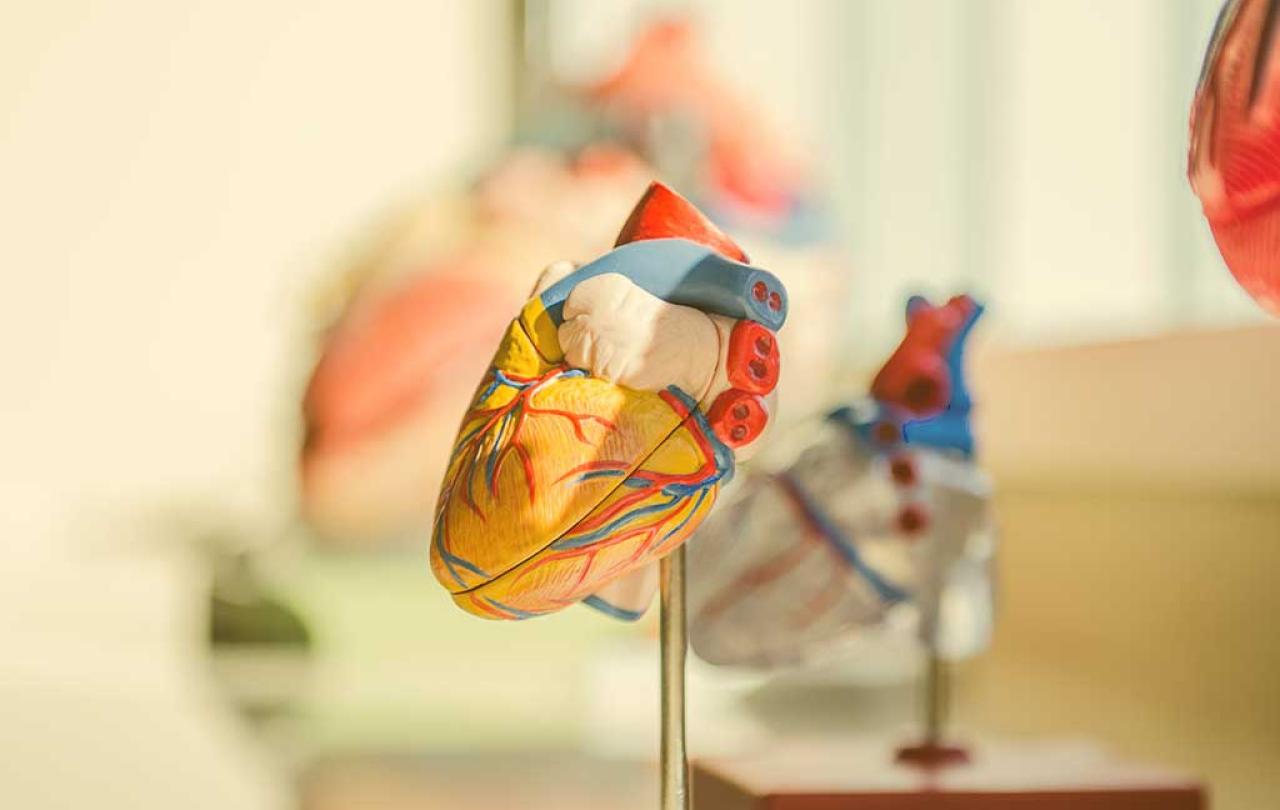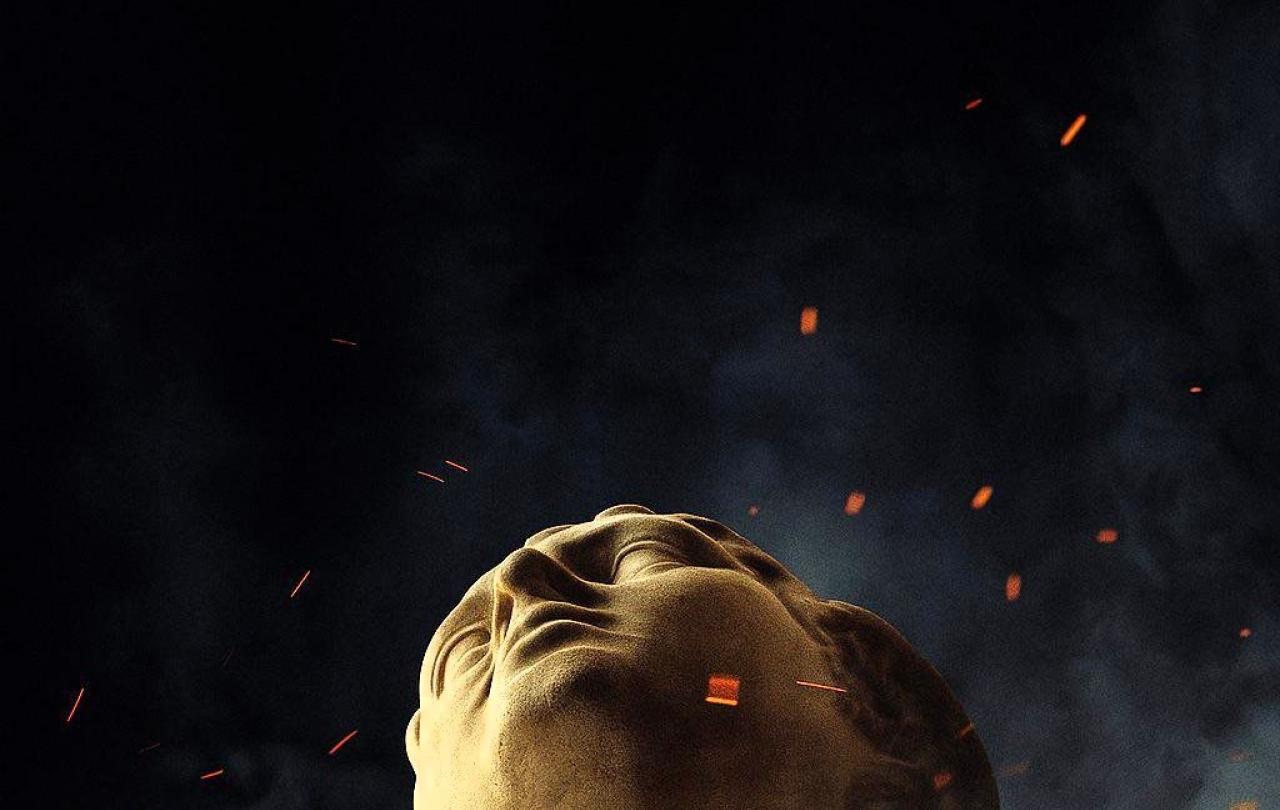
Shakespeare famously asked:
“What a piece of work is a man, how noble in reason, how
infinite in faculties, in form and moving how express and admirable, in action how like an angel, in apprehension how like a god! the beauty of the world, the paragon of animals—and yet, to me, what is this quintessence of dust?
Humans may be complex, capable of great heroism and deep depravity, yet it is worth stopping for a moment to look at the human body and mind to marvel in what we have become, and how we are made.
The visible design of the human body points out common features shared along with other members of the animal kingdom. Examples of these features are: two eyes, two ears, two nostrils, one mouth and four limbs, attached to a body and head. Detailed study of different seen parts of the body may, however, show some differences. For example, the presence of fingers and nails, hair distribution as well as a developed tail. While most members of the animal kingdom have teeth and a tongue, those two could also vary in their number and size, respectively, according to different species. Genetic investigations have shown that we humans share 99 % of our genes with animals, suggesting that our “earthly” component shares a common origin. Indeed, the twenty first century scientific findings match what is written in the Genesis story of creation, a story written over 3,500 years ago, well before genetic sciences came to light.
Creatures great and small
As for morphological differences between animal species, it is difficult to naively conclude why some are wild while others are man-friendly-even if the wild ones have different shapes, design, dietary habits, body size and life span. Other important observed features of the members of the animal kingdom are that they are all born, they all age, then ultimately die.
If we are to look at the unseen features of the members of the animal kingdom, we can again identify similarities. For example, all have a gastrointestinal tract, a cardiovascular system, a reproductive system, a respiratory system, a urinary system and much more. While these systems may differ slightly between species, the overall structure and function achieve similar purposes. For example, heart speed is faster in small animals like rats compared to big ones like elephants who have very slow hearts. Likewise, the respiratory system and the number of respiratory cycles per minute are significantly faster in running animals compared to the sedentary and slowly moving ones. Finally, the number of offspring also differs in different species, being just one at a time in big animals like elephants and horses, and many offspring in small animals like rabbits and mice. Such paradox between the number of offspring and animal size makes you think of the important determining role of the activity of those animals.
Unseen wonders
Now to turn to the rest of the animal kingdom and the unseen features of the human body. To start, let us look at the amazing functions of the human brain and its various functions. When humanity is sometimes described as the crown of creation, such a description is based on the superiority of human brain function and skills. Its sophisticated structure and how vital centres are created deep in the skull, to be protected from traumas, make you marvel. Also, the brain controls the different functions of the whole body, with its sensory and motor activities, various vital system functions including the lungs and the heart, all endocrine glands’ function, in addition to various receptors and centres that allow utmost precision and accuracy in everything we do. An example of this kind of precision is a doctor feeling a vein or an artery with the tip of a finger to insert a needle or a musician moving a finger a few millimetres while playing a violin, to produce the exact sound needed. Furthermore, the integrated function of human muscles, nerves and spinal cord is also amazing, let alone the synapsis between the nerve endings and muscle bundles, the chemicals secreted in them which allow electric stimulus transmission from the nervous system to achieve the motor function and desired movement.
The human brain also has the unique feature of storing knowledge. Of course, we should not ignore the importance of the training and programming ability of human brain. We learn how to drive a car, how to play games, how to study, how to operate safely on a sick patient. Such acquired skills are quite limited in other members of the animal kingdom. Moreover, the human brain has the unique ability to invent, discover, improve and correct errors it identifies.
Another very unique feature of human brain is its ability to conduct speech, a feature of humans that is under-developed in other members of the animal kingdom. While most animals can make noise and sounds, only humans can articulate words, sentences and even sing very complex songs. This unique ability seems to be the underlying mechanism behind the development of languages which are based on the human ability to talk and transmit information and knowledge by words and phrases.
The unseen brain has allowed human life to develop over time, building skills and achievements from generation to generation. Millennia ago, humans lived in huts together with animals, and now they build houses and palaces to live in. Centuries ago, we used donkeys, horses and camels to travel but now we use cars, trains, ships and airplanes. Our ancestors burned wood and coal to cook and to warm but now we use electricity to do these.
When we look carefully at the unseen parts of the human body, we also realize that we cannot alter any of it, despite the scientific advances made over the years. We can understand what harms our body and take measures to avoid it. Out of the ability of our brain to discover and invent, we have now produced science-based means for curing various diseases. Consider how we can replace a dysfunctional heart valve or a mobility-limiting joint. These inventions have resulted in a better quality of life, alleviating of symptoms, even helping to avoid early death, in some cases such as heart disease and cancer.
The heart of the matter
Another unseen source of life in humans is the heart. This fist-size organ is so complex in its structure and function. Recent scientific advances have enabled us to study heart function in milliseconds, hence the development of pacemaker treatments. They have also allowed clear imaging of the inside of the heart and the identification of pathologies, developments that guide practitioners to the optimum treatment of heart conditions. Recent discoveries have also allowed us to better understand how people develop coronary artery disease and how the pathology starts at the innermost layer of the arteries, particularly in individuals carrying significant risks for atherosclerosis including, smoking, high blood pressure, diabetes, high cholesterol and obesity. Amazingly, obesity has been shown to be the strongest underlying cause of other risk factors, hypertension, diabetes and hypercholesterolemia. So, nature cannot be blamed in many of these patients but our own patterns of behaviour. Science has shown that walking at least 5,000 steps each day, complying with the design of our body, reduces the likelihood of developing coronary artery disease by 15 per cent.
The unseen physiology of the rest of our body systems and the interaction between systems make us wonder how we are made. A rise of our body temperature by one degree due to a bug infection affects all body systems from the brain to the heart. A virus which cannot be seen by the most powerful microscope can destroy our lungs and cause premature death, as was the case with COVID-19 and others.
Finally, human inventions in the form of powerful microscopes have allowed scientists to study the human cell, which is the smallest living component of our body. Such small cells cannot be replicated in any factory in the twenty-first century, despite the vast scientific developments that surround us. You'll be surprised to learn how complicated and meticulously fine-tuned a human cell is and also how it functions, connects with other cells and other parts of the body. An example of this is the interaction between body minerals, calcium, sodium and potassium with heart and muscle individual cells. Such a function is critically controlled by many factors such as time, electric stimulation and pressure differences producing remarkably harmonious contractions and relaxation of the muscles without missing a beat.





